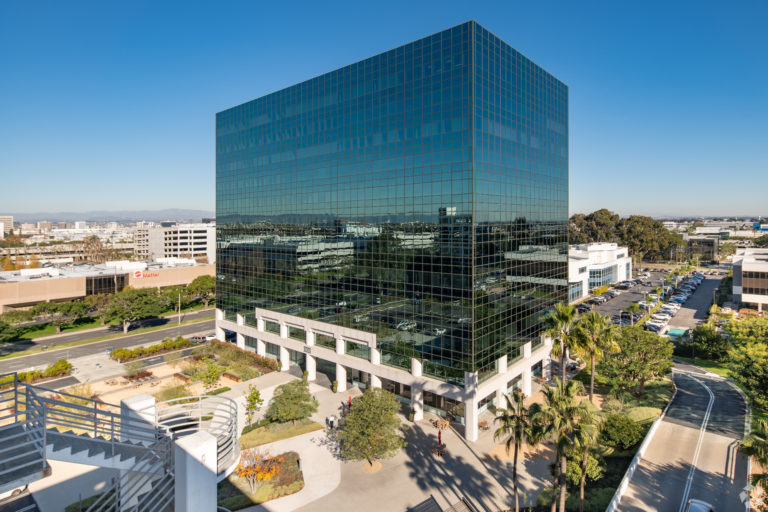
Assessed property values in Los Angeles County increased for the 10th consecutive year, according to the latest Assessment Roll.
Commercial and residential properties were valued at a whopping $1.7 trillion by the 2020 Assessment Roll, which represents property values in the county as of Jan 1.
That’s an increase of $95.9 billion, or 5.97%, from the 2019 results, and it exceeds growth estimates set by the county, which had previously projected an increase of 5.25%.
The total also represents a combined property tax of about $17 billion for the county.
The 2020 Assessment Roll looked at 2.58 million real estate parcels and business assessments. That number includes 1.9 million single-family homes; 250,089 apartment complexes; 247,562 commercial and industrial properties; and more than 205,000 business property assessments.
Of course, the 2020 numbers reflect property values before the arrival of the pandemic, which was noted by L.A. County Assessor Jeffrey Prang, who verified the findings.
“Although the 2020 Assessment Roll reflects steady growth, which is good news, it’s important to remember this report is pre-Covid,” Prang said in a statement. “It’s still too early to tell how the pandemic will affect our economy, but we already see early indications that our growth may be slowing next year, especially for commercial and industrial properties.”
Prang is pragmatic about expectations for the 2021 assessment, which will reflect the impact of Covid-19. The coronavirus, he said, has “devastated the economy to levels only seen during the Great Depression.”
Signs of strength
Even in the face of the pandemic, real estate experts are able to find signs of strength.
Kevin Shannon, co-head of capital markets at Newmark Knight Frank, said logistics and life science buildings are still doing well, as are data centers and multifamily properties.
And Eric Willett, regional director of research and thought leadership CBRE Group Inc., called the industrial category “the bright spot today.”
“The sustained demand, particularly from the largest ecommerce players, has meant that industrial … has the least amount of impact from the economic downturn and the buyers,” Willett said. “As we look across a range of metrics … sale and lease volume, industrial is proving the most resilient.”
Other categories, however, are facing a range of challenges, according to Willett.
“On the other end of the spectrum is retail and hospitality, which has been the hardest hit by the specifics of the pandemic (and) had to dramatically change the way they operate,” he said. “Somewhere in the middle is office and multifamily, which is very much in an adjustment period.”
Still, Willett said it was uncertain what Covid-19’s long-term impact will be on property values.
“We’re still at a level of price discovery. We’ve seen prices move, we’ve seen prices drop,” he said. “Based on the limited transaction activity, it’s tough to put a real number on it.”
Sales tax hit
While it’s unlikely that property values and taxes will change much because of Prop. 13 protections, Willett said, “the real challenge for local revenue streams and municipalities in California is their reliance on sales tax.”
Shutdowns and slowdowns for the entire range of businesses in the county means sales tax revenue will take a big hit this year.
In a post-pandemic scenario, Willett is firmly optimistic about the projections for the L.A. real estate market.
He said he expects the county’s recovery will be “especially robust” due to its variety of tenants, especially tech and entertainment. He added that content producers could drive growth coming out of Covid-19.
“We’re seeing the signs of increased activity already, which would be great for the commercial real estate industry,” Willett said.
At the end of July, pretransaction activity was 17% below its level from the previous year compared to a year-over-year drop of nearly 80% in April.
LA County Assessment Valuations in 2020
Property Sales in the Top Growth Areas
- Inglewood
- Culver City
- El Segundo
- La Mirada
- Hawaiian Gardens
Property Sales in the Lowest Growth Areas
- Cerritos
- Bell
- Claremont
- Torrance
- Walnut
